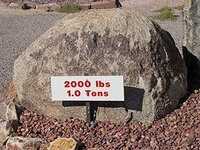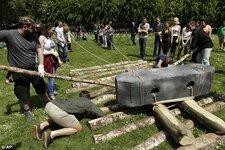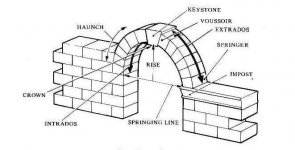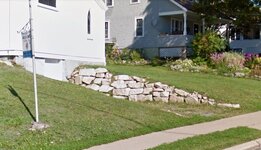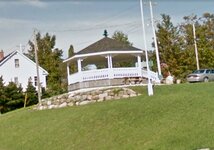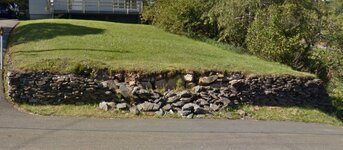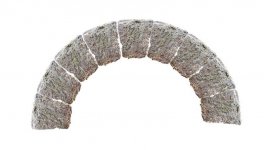Hay look at what we found at New Ross, tell me again there is no proof of a castle at this site. This key stone weighs over 1 ton. The upper left corner has been broken off as shown in photo. We have found many key stones like this one but smaller. The stones in the background are from the castle to, the castle is gone but the stones that built it are still on site. View attachment 1470398 View attachment 1470399
The stone with the soda bottle on it weighs no where near one ton.
I'd guess it weighs around 400 lbs.
Here is a picture of what a 1 ton rock looks like sitting in front of a rock quarry
